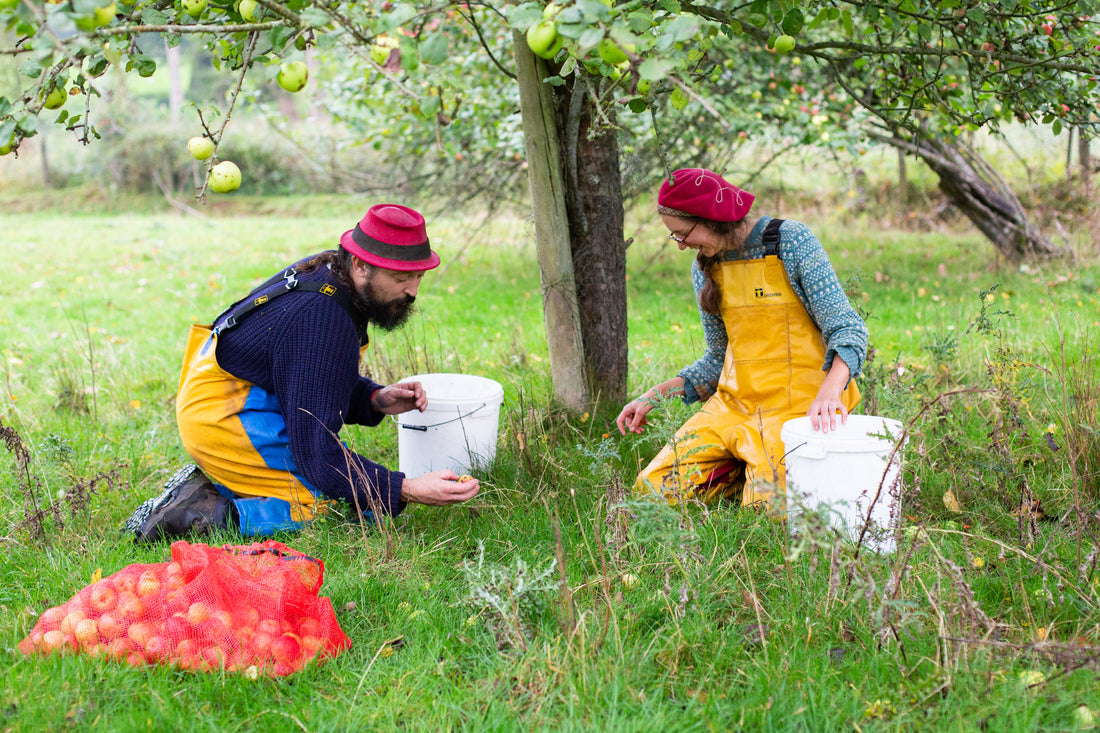We, like many, are worried about ever rising emissions, but the lack of meaningful action and information that all of us as citizens can access means that doing something about it can seem futile or even impossible. The truth is, unless we all act in some way to be personally responsible for our emissions, and account for them, then it is very unlikely that a politician in Whitehall is going to be able to do much to reduce our emissions beyond what renewable energy is already enabling.
To have a reasonable chance of keeping global average temperature rise to less than 1.5°C above pre industrial average temperatures, which is already a considerable amount of warming bringing with it significant disruption to weather patterns and other potential tipping points, we have to reduce our emissions by half by 2030.
That is a reduction of some 7.4% per annum for the next nine years, if done smoothly over that time. That is a huge reduction to make, year on year!
Here at Artistraw we decided to account for the carbon in our business and lifestyle. So we have been diligently recording all our fuel use, electricity use, gas use, and also all the inputs into the cider business such as glass bottles, labels, cider making equipment, and even the buildings we occupy and materials used for their improvement (assets over ten years old were assumed to have depreciated, though this is probably a false assumption given the 400 year halflife of CO2 in the atmosphere).
Using the information we collected, we constructed a carbon account for our activities and consumption of materials, fuel etc at www.farmcarboncalculator.org.uk – an excellent project that we have been aware of for a few years, trying to help farmers and growers understand their contribution to carbon pollution in agriculture. This took our raw numbers for litres of fuel etc and converted them into a carbon footprint.
Farm Carbon Calculator have also set up a collaboration with WineGB, and so there’s a specialist toolkit that they have developed for winemakers. Fortunately pure juice cider and wine are sufficiently similar in production process that the toolkit is also applicable to some cidermakers. This has allowed us to obtain a reasonable estimate of the emissions associated with fermenting, packaging, labelling, etc the final product. Even the composting of the leftover pomace is accounted for!
Our overall average carbon footprint is expressed as amount of CO2 equivalent emitted per bottle produced, or total emissions (kg)/total bottles produced.
For the year March 2020 to Feb 2021 it is calculated that we emitted some 14.5 tonnes of CO2 in total as both a business and also our individual lives. This was offset by some sequestration from our hedgerows and also of course perennial crops, our nascent orchard which now has over 80 trees planted and our coppice with mixed deciduous trees amounting to some 3.8 tonnes CO2.
Overall emissions are about 1.514kg CO2 per bottle produced for 2020 season. To us that seems an awful lot per bottle, but it’s impossible to find any comparative data for other drinks on the market. There are a number of studies into the carbon footprint of a bottle of wine, but they ignore the wider scope of emissions associated with employees’ home lives etc, placing emissions at around 1.2kg per bottle.
This is the first annual cycle where we have worked this out, and there are bound to be small errors, wrong assumptions etc made at this stage but we will be working over time to better account for all we do, and as we reduce our emissions, who knows, perhaps one day we’ll be sequestering more carbon into our soils than digging out of geological reserves.
We are also planning how we are going to replace the buildings we occupy with much higher performance structures, both in energy consumption but also in material consumption used for the build.

